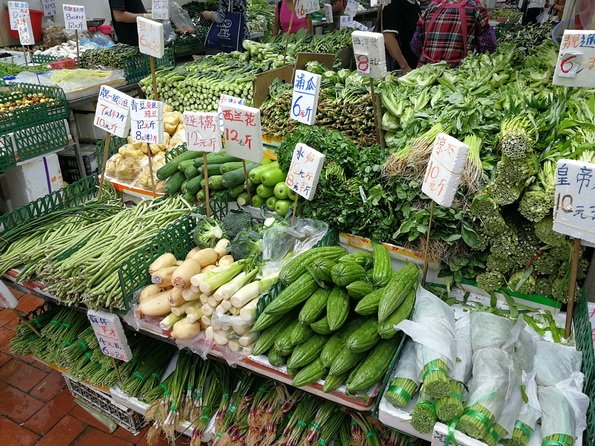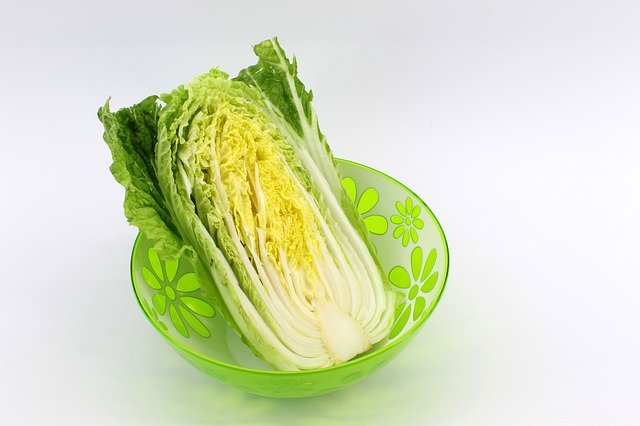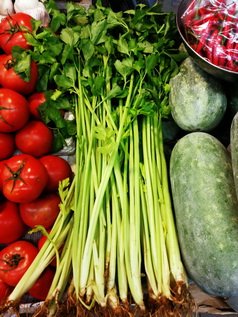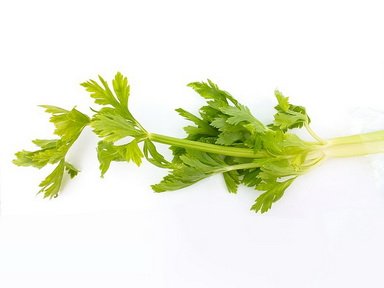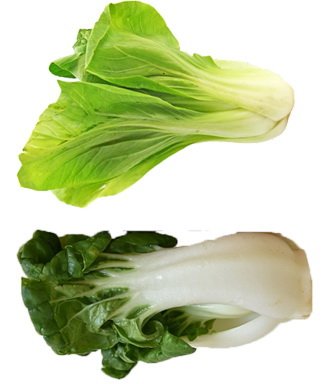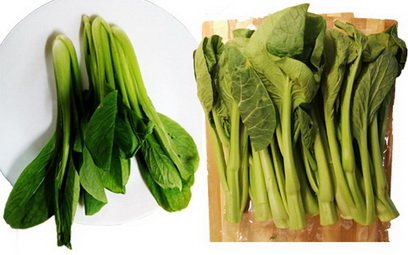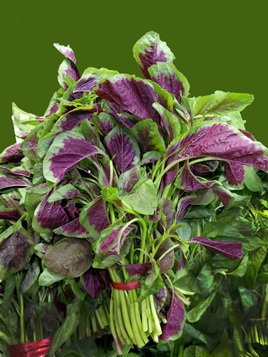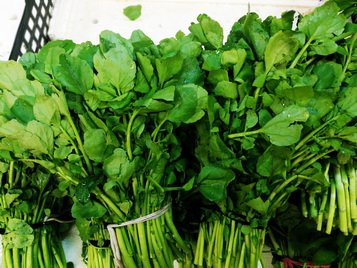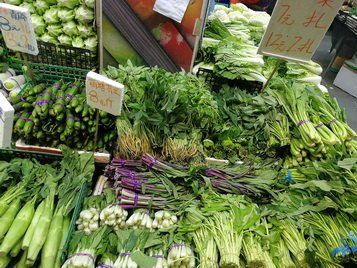A
sian greens are this section of the market, that I still approach with great caution. The multitude of leaf vegetables astounds me in Hong Kong, since it is not that common in Europe. There, you are used to having may be two types of each. Here you have a yellow cucumber, normal cucumber, tiny cucumber, bitter cucumber…
But the “leaves” … worst of the worst! Getting to know them, and how to cook them, was a great and fun part of our everyday life in Hong Kong. Today, although still overwhelmed, I cannot imagine living without it. Simple salad sounds so plain… And the slightly steamed veggies, that get this lovely, deep green color while cooking, are a frequent guest in our house.
Let this small guide be of some assistance to you.
Napa Cabbage/Chinese Cabbage/Beijing Cabbage
This one is the most popular outside Asia, and each of us can probably think of some familiar way to prepare it.
In Asia, it is the main ingredient of the Korean Kimchi. It is used in stir-fries and soups.
But in Poland – it is a part of many salads that accompany the main dish. It is sweet, mild, and crunchy when eaten raw. What is interesting – it has less “leaf part” than in Europe.
Chinese Celery
Whoever is used to the celery root, likes, and appreciates it in the kitchen, will cry in Hong Kong. Root parsley is difficult to find, but celery – impossible.
You can only appreciate two forms of it. One is well known – celery stems are a part of many salads in Europe, and they are often eaten raw with hummus or some other dip.
But the green leaves, are the thing to be found here in great quantity. They have long, thin stems going right to the leafy part. Eat them fresh and fast, because they quickly lose their shape. It also makes them less tasty.
They have the smell and taste of the celery, and some find it quite intense. I, being used to the root version – find them rather blunt.
But they are the taste of home, so I like to prepare them as the locals – in a stir fry or in a soup. I also often make vegetable pancakes, where these green leaves and stems play the main role.
Spinach and water spinach/Chinese spinach/Ong choy/river spinach
In the case of the traditional one (photo on the left), I need to tell you that everything is the same except for the size. It is just so much bigger than in Poland! But I love it – the leaves are easy to wash (and to spot on the market – look for arrowhead shapes); they are sold with the roots – so if you clean it well there are no sand particles that will crack between your teeth. It is also easily recognizable and was my first leaf veggie bought in Hong Kong.
Making it with olive, garlic and a pinch of salt and pepper is a classic version, that reminds me of my first home.
As for its Chinese cousin (Ong choy – photo on the right) – that was a surprise! It is long with the hollow stem (fresh veggie has the stem not cracked – always buy it fresh since it is deliciously crunchy then), but this is where the similarities end. The leaves are long and narrow – they remind me of bamboo. It is mild and slightly sweet in taste and does not leave this coating that the original spinach leaves on your teeth. It also stays crunchy longer, but if you are used to the wilted down classic leaves – you don’t really mind it.
Water spinach is great in stir-fries but you – feel free to try the original, European recipes. You won’t be disappointed.
Bok Choy/Pok Choy/Chinese white cabbage
The most important thing to understand here is that bok choy is sold in two versions – mature and baby one. They both have white stems and this characteristic “vase” shape. But younger leaves tend to be a much lighter green than the adult ones. I also have the impression that mature bok choy is harder and takes more time to prepare. I really like the shanghai bok choy – with light green stems – it seems more tender.
Small cabbages are very popular and widely used in the preparation of the “Chinese sour cabbage”. It is much different than the polish or German one – saltier than acid in taste. And while ours is cut into smaller pieces, tiny bok choy is prepared as a whole and sold like that as well. You can often see it in the wet markets since it is a part of many dishes. Small, repacked bags are also sold in local, chinese food shops.
Bok Choy can be used in every kind of cooking and is almost as popular as gai-lan.
Gai lan/Chinese broccoli/kai lan (not mix with choy sum)
It is a very popular vegetable in Hong Kong. A young version has dark leaves and a thick stem. As with any vegetable, it should be white and “full of water” on the inside – which indicates how fresh it is (it there are cracks it means it has been lying there for a while).
The stem looks a bit like a broccoli stem – which is a good indicator when you want to distinguish gai lan from choy sum. Look at the photo – they seem to grow away from the main stem.
The mature versions also have yellow flowers on top – but it is not appreciated by many. They say it has more wedges and tastes more like broccoli – but again, it depends on your tastebuds.
Gai-lan is normally delicate in taste. The young version is crisp and tender. It doesn’t need a lot of cooking or steaming – the preparation is usually fast, and it creates a nice balance between the soft leaves and crunchy stem.
Cantonese like to serve it with oyster or oyster-soy sauce. I often forget about it, add a pinch of salt, and devour it instead of a proper meal.
Choy sum/Yu or Yau Choy/oil vegetable
If I were to describe it I would say that it has leaves similar to gai-lan, but the elongated stem of the bok choy (photo on the left). You decide!
I sometimes grab a veggie, only to later notice that I didn’t check the stem and made a mistake. There, unfortunately, exist a type of choy sum which is very similar to gai lan (photo on the right).
Choy sum may look like gai-lan for me, but in its taste is more of a cabbage, which changes the idea of dinner… Sort of – after all these adventures with buying one instead of the other I love them both for being green and healthy.
The easier to distinguish version has long, oblong leaves and long stems in light green color. The leaves grow out and up of the stem – and they are not cut off like in gai-lan. Usually… But the mature versions can also have yellow flowers on top, so please, understand the confusion.
As with any cabbage – it is good with everything – stir fry, stews, soups, steamed, etc. It has a strong, sometimes slightly bitter/mustardy taste, which makes it a good addition if you are looking for a leading taste in a dish.
Mustard greens/Gai Choy
First of all – they are big! I am aware that by now all of it looks similar but believe me – size is the key in this case. They have long stems that grow like bok choy, but are thick and turn into beautiful, oval leaves.
It is supposed to be in the cabbage gene tree, but somehow the leaves are great in fresh salads! They give this spicy, sharp bite that you are sometimes looking for.
At the same time, it is great if you want to do a stir fry or eat them crispy, lightly steamed.
They say that south China likes the fresh veggie additions to their meals… Me – I adore Asian greens in all their kaleidoscopic flavors palette.
Amaranth leaves
I know… amaranth flour has a million-mile way to amaranth greens but alas! They both exist. Just imagine my surprise…
It honestly looks like a bunch of weed… not to give you more details before I write other things. They have hollow stems. You can buy them in the form of green rounded shaped leaves or the ones that have these violet colors in it.
Visually – it is absolutely amazing – when fresh (always try to buy it fresh). Amaranth has a lot of protein so try to make a habit of adding it to your salads. It is delicate in taste, and wonderful eaten fresh. It is a great addition to stir-fries in their last stages. Although I do not really appreciate it in soups… it is your choice.
Do not buy flowering amaranth greens – they are too mature. And think about adding garlic to it – sometimes it is the thing you were looking for.
Pea Shoots and Watercress
I know these are two different things but bear with me. They look so similar… just a handful of small leaves…
One is obviously a sprout – meaning young leaves, and we eat a lot of those in salads and broccoli on mung sprouts… The second one (watercress) is from the cabbage family, but you cannot really feel this…
Both have a tangy, peppery taste (in my opinion) and are a great addition to stir fry, soups, and salads, or anything you can think of. These are young green leaves, full of vitamins and health benefits… How can you miss it!
Bear with me, I wasn’t a fan of green leaves like EVER in my life. But once in Rome… and I absolutely do not regret it. And I cannot imagine my life without some green leaf to stir into the mix.
Think of it as rocket salat/arugula which was once a weed. And now look how popular it is…
Yellow cucumber and bitter cucumber
An Asian surprise, not in the “leaf” department. Cucumbers in Hong Kong come in so many different sizes!
Yellow cucumber is huge in comparison to its European cousins (photo on the left). You just need to buy one to make the whole dish. As the name states its skin is yellowish. Other than that it gives you an impression of an overly ripen cucumber.
Maybe it is so. You can buy it mostly in winter. And they like to make a healthy soup out of it.
I once mistook it for a courgette (which is apparently all the same here, according to my friends) and treated it as such. Maybe it was more “watery” but it made no great difference. I didn’t brave a soup yet – but I think it is my sour cucumber soup’s soul talking.
Bitter cucumber is wholly different! It looks like a cucumber with a multitude of tumors. I do not imagine taking the skin off, and, actually, nobody does it here. As the name states – it is bitter. Up to the point that if you try it raw it becomes too much, and you do not want to try it again.
But the secret is in cooking. After some heat preparation, and some salt added to the mix, the bitterness lessens, and it becomes a nice addition to the taste palette. The locals like to cut it in slices, put some fish/meat inside the slice, and fry/steam it. Or to prepare cucumber-scrambled eggs with it (no joke – local delicacy).
If you didn’t make it the first time… just give it another… made-by-a-professional try.
Fun Facts
- There are tons of gourds in Hong Kong. And apparently – everything from a gourd to the pumpkin – courgette – and cucumber is called a gourd or put into the same basket. All in all – a lot. Just go with it and make your favorite dishes. I tend to treat the hairy gourd as my old pall “courgette” – just find your way. The gourd is also the Chinese symbol of prosperity and good luck.
- So difficult to find parsley and dill leaves at the beginning. It took me months to locate them… hidden in some corner of a wet market. If my friend wasn’t there with me I would have never known about it… Once I found curly parsley in some “foreigner” shop In Central – for months it was the only reason I went inside to buy anything. I tried to grow them on my balcony… disaster…
- Tomatoes… if you have fallen in love with tomatoes… maybe on your visit to Italy or tasting the juicy fruit in the middle of its season… treasure this memory because it will be the only thing to warm you in the night. Yes… it is this bad! Tomatoes… if you have fallen in love with tomatoes… maybe on your visit to Italy or tasting the juicy fruit in the middle of its season… treasure this memory because it will be the only thing to warm you in the night. Yes… it is this bad!
- Apples – I know it is completely objective since I love apples. But I had like 5 types that I used to buy in Poland. In Hong Kong, it is only one and I find myself so lucky! It depends on the tastes I suppose – there is not this much to choose from, but there is a choice. You should be ok
- Just remember there are no celery roots in Hong Kong (it has been over a year and I am still looking)

